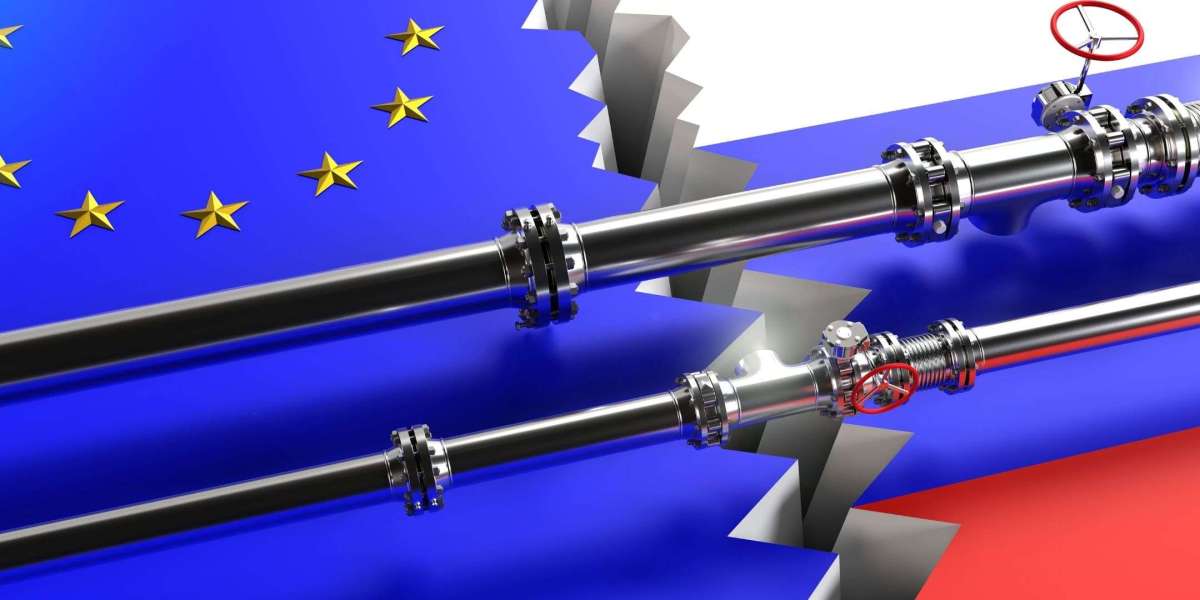In 2025, the relationship between the European Union (EU) and the Association of Southeast Asian Nations (ASEAN) continues to evolve, marked by both opportunities and challenges. From deepening economic ties to facing new geopolitical realities, EU ASEAN relations are more important than ever. This article explores the key trends shaping their engagement today and forecasts what lies ahead for this critical interregional partnership.
The Foundation of EU ASEAN Relations
The ties between ASEAN and European Union date back to 1977 when the two blocs established formal dialogue relations. Over the decades, their cooperation expanded from trade and investment to cover political, security, and socio-cultural dimensions. The upgrade to a EU ASEAN free trade agreement
in 2020 was a landmark, setting the stage for closer collaboration across multiple sectors.
Economic Ties: Stronger Than Ever
One of the main pillars of EU ASEAN relations is economic cooperation. The European Union is ASEAN’s third-largest trading partner, while ASEAN is the EU’s fifth-largest partner. Despite global economic uncertainties, trade between the two regions surged in recent years, thanks to strong consumer demand and supply chain resilience strategies.
The ongoing discussions for a comprehensive EU ASEAN free trade agreement highlight the economic interdependence. While bilateral FTAs between the EU and individual ASEAN countries (like Singapore and Vietnam) exist, a region-to-region agreement would significantly boost trade volumes and deepen economic integration.
The Push Toward a Free Trade Agreement
Negotiating a full EU ASEAN free trade agreement has been complex due to the diversity among ASEAN’s member states in terms of economic development and political systems. However, in 2025, momentum has built around the idea of a "building block" approach, where existing bilateral deals serve as foundations for a broader agreement.
The strategic logic is clear: both blocs stand to benefit. The EU seeks to diversify its markets beyond China and the United States, while ASEAN nations look to attract European investment and technology.
Strategic Partnership: Beyond Economics
The EU ASEAN strategic partnership extends beyond trade. Security cooperation, climate action, digital transformation, and human rights dialogues have become central to the relationship.
In 2025, new initiatives under this strategic framework include:
- Joint naval exercises in the Indo-Pacific to promote freedom of navigation
- Expanded green partnership programs to combat climate change
- Collaboration on cybersecurity and digital governance
These initiatives reflect the growing recognition that EU ASEAN relations must address a broader range of global challenges.
Climate Change: A Shared Priority
Both the EU and ASEAN are increasingly aware that climate change poses a serious threat to their societies and economies. As part of their strategic partnership, they have launched several green initiatives, including sustainable infrastructure projects and clean energy collaborations.
The European Union’s Green Deal and ASEAN’s Sustainable Development Goals 2030 align well, creating opportunities for cooperation in renewable energy, carbon markets, and disaster resilience.
Digital Transformation and Innovation
The digital economy is another bright spot for EU ASEAN relations. ASEAN’s young, tech-savvy population combined with the EU’s digital expertise has created fertile ground for collaboration. Programs promoting e-commerce regulations, cybersecurity standards, and digital skills development are expanding in 2025.
Notably, joint research and innovation hubs have been established in cities like Singapore, Kuala Lumpur, and Brussels to foster innovation ecosystems connecting European and Southeast Asian startups and universities.
Geopolitical Pressures: Navigating Complexities
While the economic and strategic ties between ASEAN and the European Union are strengthening, geopolitical tensions—especially involving China and the United States—pose challenges. ASEAN countries often walk a tightrope, balancing relations with major powers while maintaining strategic autonomy.
The EU, traditionally seen as a "normative power," faces its own dilemmas in engaging with ASEAN states with varying democratic credentials. Nonetheless, both sides recognize that maintaining an open, rules-based international order is crucial for their prosperity and security.
Human Rights and Governance Issues
Human rights remain a sensitive area in EU ASEAN relations. While the EU often emphasizes democracy and human rights in its external policies, ASEAN's principle of non-interference sometimes complicates dialogue.
Nevertheless, progress has been made through quiet diplomacy and capacity-building initiatives. In 2025, new human rights cooperation frameworks focusing on issues like labor rights, women's empowerment, and freedom of expression have been launched under the strategic partnership umbrella.
People-to-People Connectivity
Cultural and educational exchanges are vital in strengthening mutual understanding between the peoples of ASEAN and the European Union. Scholarship programs, cultural festivals, and academic partnerships have expanded significantly.
The Erasmus+ program, for example, now includes more ASEAN universities than ever before, enabling thousands of students and researchers to participate in exchange programs and joint degrees.
The Role of Infrastructure Development
Infrastructure is another emerging area of cooperation. The EU’s Global Gateway initiative, aimed at building sustainable infrastructure worldwide, has found strong interest among ASEAN countries seeking alternatives to China's Belt and Road Initiative.
Collaborations on smart cities, transport corridors, and digital infrastructure are increasingly part of the EU-ASEAN dialogue, promising long-term connectivity benefits.
Challenges to Watch
Despite the positive momentum, several challenges could impact EU ASEAN relations moving forward:
- Differing political values could lead to tensions, especially over human rights.
- Economic competition from other major powers may limit the EU's influence.
- Internal divisions within ASEAN could slow down collective engagement.
- Protectionist tendencies in both regions could threaten the vision of a free trade agreement.
Addressing these challenges will require flexible, pragmatic diplomacy and a continued focus on shared interests.
What Lies Ahead for EU ASEAN Relations?
Looking to the future, EU ASEAN relations are poised for deeper integration. Key priorities for the next few years include:
- Concluding the EU ASEAN free trade agreement
- Enhancing strategic cooperation in security, climate, and digital governance
- Building resilient supply chains and sustainable development projects
- Promoting multilateralism and rules-based order amid rising geopolitical tensions
The strategic partnership is likely to become even more comprehensive, adapting to new realities while retaining its foundational principles of cooperation, mutual respect, and shared prosperity.
Conclusion
In 2025, EU ASEAN relations are at a historic high point, driven by mutual interests and shared challenges. The strategic partnership between ASEAN and the European Union is no longer limited to trade but now spans security, digital innovation, green development, and people-to-people ties. With the momentum toward a comprehensive EU ASEAN free trade agreement and greater strategic alignment, the future looks promising—provided both sides continue to nurture trust, flexibility, and ambition.
As ASEAN and European Union leaders look ahead, one thing is clear: deeper cooperation between these two regional giants will be crucial not just for their own prosperity, but for the stability and growth of the global order.


